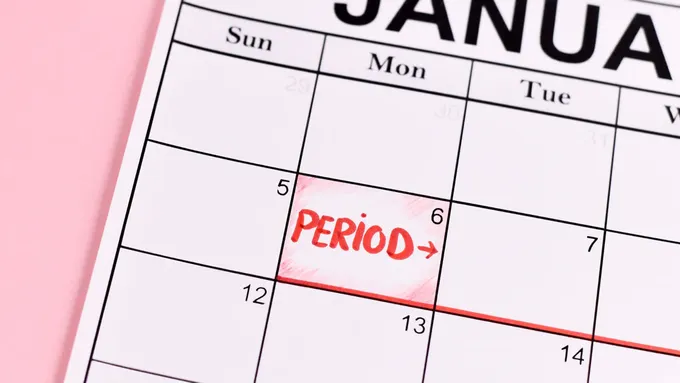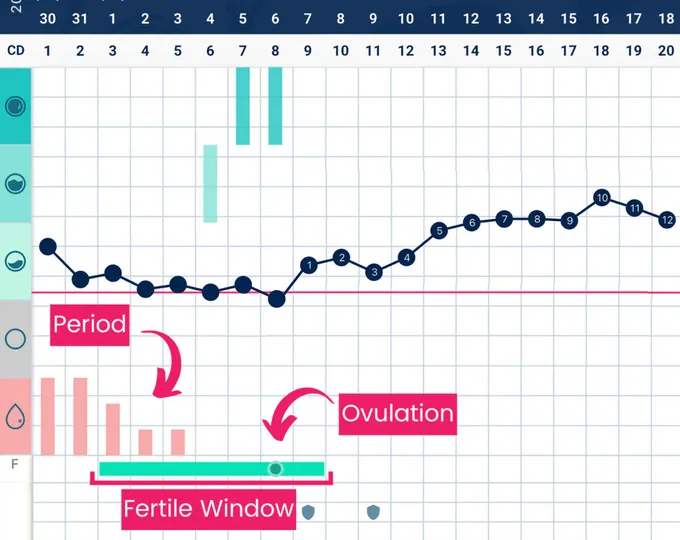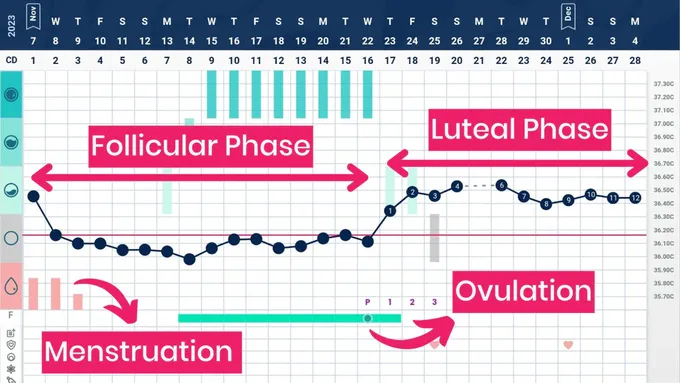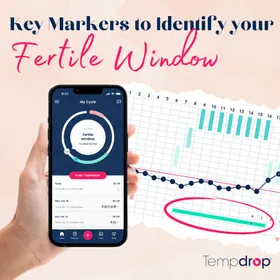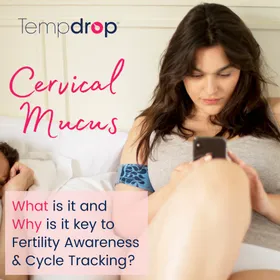Can I Get Pregnant on My Period?
Published February 5, 2025.
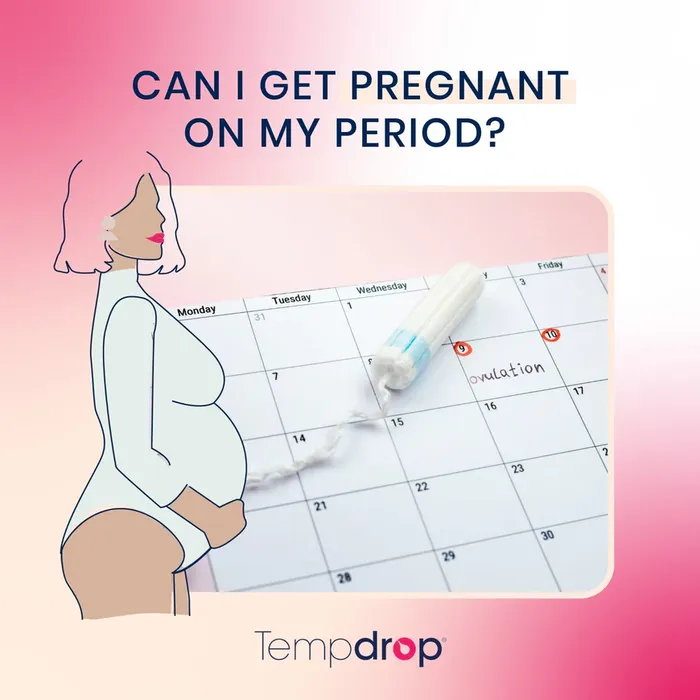
The simplest answer is yes. However, it is unlikely. For the two scenarios we'll discuss in this article there are specific conditions for which pregnancy is a possibility.
Every woman will experience times when understanding her cycle can feel like solving a puzzle. Periods, ovulation, spotting — it can all get a little confusing, especially when it comes to figuring out if and when pregnancy is possible.
Let’s break down the two common scenarios:
Getting pregnant on your period
Mistaking intermenstrual bleeding for your period
Scenario 1: Getting pregnant on your period
It's important to know that sperm can survive in your reproductive tract for up to 5 days. If you have unprotected sex during your period and you ovulate shortly after, there’s a chance sperm could still be around when an egg is released.
Let’s look at an example:
Day 1-5: You’re on your period
Day 4: You have intercourse
Day 8: You ovulate
Since sperm can survive from Day 4 through Day 9, one of those little swimmers could potentially meet your egg, leading to pregnancy.
While this is more likely if you have a shorter cycle or a longer period, it’s a good reminder that pregnancy during your period isn’t impossible.
A chart showing the example mentioned above. A period and ovulation overlapping.
Scenario 2: Mistaking Intermenstrual Bleeding for Your Period
Sometimes, what looks like your period isn’t actually a period at all. It could be intermenstrual bleeding, such as:
Ovulation spotting: A light, short bleed that can happen just before or when you release an egg
Other irregular bleeding: Hormonal shifts, stress, or other factors can cause unexpected bleeding
Why does this matter? Well, if you mistake this bleeding for your period, you might misjudge your fertile window.
Here’s an example:
Day 1: You think your period starts, but it’s ovulation spotting or irregular bleeding
Day 2: You have intercourse
Day 3: You ovulate, and the egg is ready to meet the sperm that’s been hanging out for a few days
In this case, you’re squarely in your fertile window, and pregnancy is very much possible.
How to Spot the Difference
If you’re trying to track your cycle or avoid surprises, here are a few tips for distinguishing between period bleeding and intermenstrual bleeding:
Timing: If it’s mid-cycle or doesn’t line up with your usual schedule, it might not be your period
Flow: Period bleeding is usually heavier and lasts longer
Color: Spotting might appear pinkish or brownish rather than the bright red of period blood
Remember that a true period always follows ovulation (usually around two weeks after ovulation, in your follicular phase). The best way to know if it's really your period is to track your ovulation.
A chart example, tracking a cycle with Tempdrop. Chart shows a 3 day period and ovulation on day 16
The Bottom Line
Whether you’re tracking your cycle for pregnancy or just trying to understand your body better, it’s important to recognize these nuances. Pregnancy during your period or from mistaken bleeding is rare but not impossible. Always consider the timing of intercourse and how it aligns with your cycle.
When in doubt, tracking tools, fertility apps, or wearable sensors can help you better understand your unique cycle patterns — and give you peace of mind along the way.
